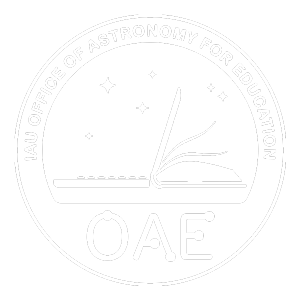This page describes an image Innerwear for Astronauts: Comfort & Necessity in Space
Image caption:
This infographic, part of the "Simplifying Astronomy for Arabic Speakers" project, highlights the importance of astronaut innerwear in maintaining comfort and hygiene during long space missions.
Why Do Astronauts Need Special Innerwear?
In microgravity, astronauts face challenges like limited water, waste management, and hygiene maintenance. Innerwear must be durable, comfortable, and wearable for days without daily changes.
Key Features of Astronauts' Innerwear
1. Worn for Multiple Days – No laundry in space means astronauts wear the same innerwear for extended periods. Their bodies adapt, producing less sweat and odor than on Earth.
2. Reduced Sweat & Bacteria – Space station climate control minimizes sweating, but antibacterial fabrics prevent bacterial build-up.
3. Water Conservation – Water is scarce, so sweat and moisture are recycled, making frequent washing impractical.
4. Efficient Waste Management – Lightweight, disposable clothing reduces waste and conserves resources.
Do Clothes Stay Clean in Space?
Astronaut Chris Hadfield noted that innerwear remains clean for days in space. This is partly true—reduced sweat and friction slow down odor and dirt buildup compared to Earth.
Balancing Comfort & Functionality
Astronaut innerwear is specially designed for hygiene and efficiency, contributing to both space exploration and Earth applications like antibacterial clothing for medical care.
Conclusion
Space travel demands adaptation, and specialized innerwear is a key example of how technology ensures astronauts' well-being in extreme environments—paving the way for future exploration!
Scroll to captions in other languages
Image credit:
Ali Al-Edhari
Related glossary terms:
Astronaut
Categories:
Space Exploration
Image license: Creative Commons Attribution 4.0 International (CC BY 4.0) Creative Commons Attribution 4.0 International (CC BY 4.0) icons
The media file captions presented on the OAE website were written, translated and reviewed by a collective effort from the OAE, the OAE Centers and Nodes, the OAE National Astronomy Education Coordinators (NAECs) and other volunteers. You can find a full list of credits for our translation project here. All media file captions are released under a Creative Commons CC BY-4.0 license and should be credited to "IAU OAE". The media files themselves may have different licenses (see above) and should be credited as listed above under "credit".
If you notice a factual error in this caption or an error in any of its translations then please get in touch.









